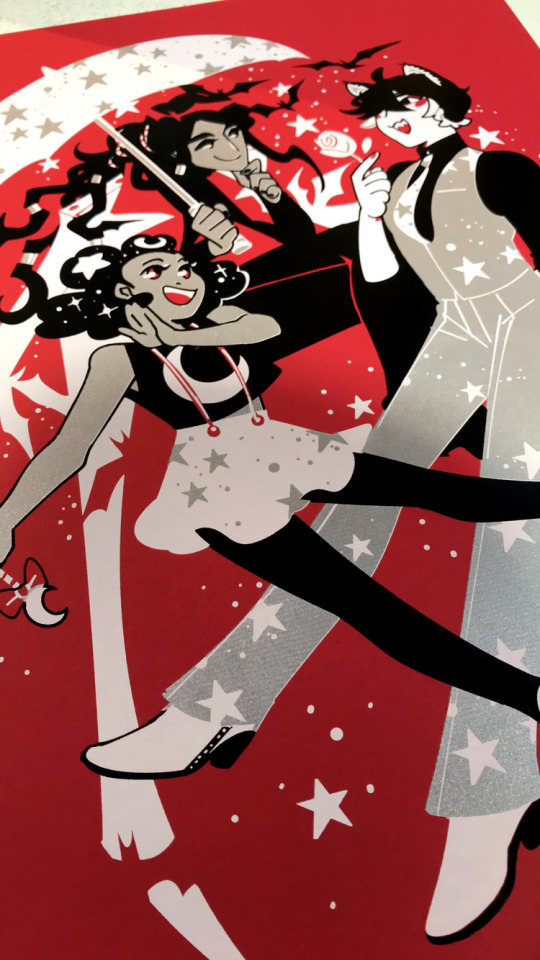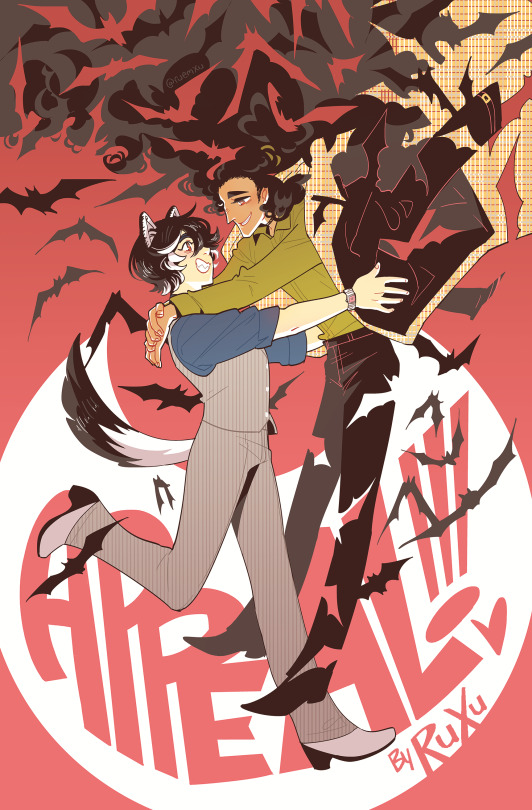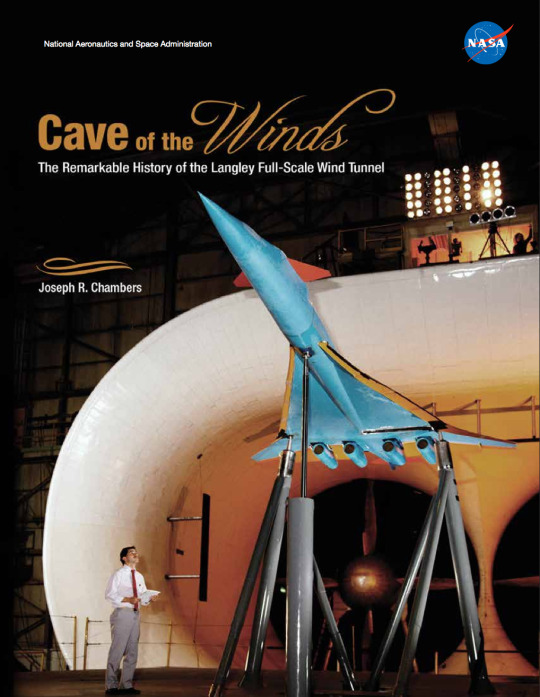Corinna G. Cornett a.k.a. CocoFreelance Manga/Webtoons Letterer/Typesetter | Anime/Manga/Comics Geek | Technology/Science Nerd | EN🇺🇸/DE🇩🇪
Don't wanna be here? Send us removal request.
Text
2024: Year in Review
Happy Holidays, y'all!! Where'd 2024 go?! It's another year where I didn't get much down time to post more to my blogs. ...
Happy Holidays, y’all!! Where’d 2024 go?! It’s another year where I didn’t get much down time to post more to my blogs. Continue reading 2024: Year in Review
0 notes
Text
2023: Year in Review
Happy New Year, y’all! Can’t believe it’s been a year since I posted anything here?! Main reason for this is I got promoted from seasonal worker to part-time to full-time to shift lead at Barnes & Noble. Plus still lettering manga, so I didn’t have much down time this year. I also didn’t have as much work this year, but I’m still working on the simulpub romcom series You and I are Polar…

View On WordPress
1 note
·
View note
Text
2022: Year in Review
2022: Year in Review Long time no see, y'all! I hope your holiday celebrations were safe and fun! As y'all can see, I've been busy this year ...
Long time no see, y’all! I hope your holiday celebrations were safe and fun! As y’all can see, I’ve been busy this year with my contracts. Though, I didn’t realize HOW many projects I worked on. Too bad most of the titles I’ve worked on are behind NDAs. (more…)

View On WordPress
9 notes
·
View notes
Photo




A Werewolf Lawyer falls in love with a Single Dad Vampire…
(dusts off the ol’ pre-pandemic convention voice)
Hi, everyone! Kicking off the holiday season with Black Friday!
Missed any of the APPEAL! KS campaigns or my convention-only merch? Good news – they’re finally in the shop! The miniprint set! The 1st zine! The SILKSCREEN PRINT!!!
Take 15% OFF with the code: HOLIDAYS2022
SHOP >> LINK
(There are flat rate shipping options for USA orders!)
43 notes
·
View notes
Text
Happy Thanksgiving!!
I wish y’all a safe, fun and scrumptious day with family and friends!🥰

1 note
·
View note
Text

FINAL 48 HOURS! Our end of year sale ends tomorrow night at midnight EST. Don't miss out on your chance to save 20% on your entire order of books and merch.
Art: @monstermonger
7 notes
·
View notes
Text
I’m back?!
So... here I am jumping back into the weirdness. Can’t believe it’s been over 5 years since I last logged in.😅 I see not a lot has changed, but looking forward to reconnecting with some of my mutuals again.

5 notes
·
View notes
Text
Everything You Need to Know About the Aug. 21 Eclipse
On Aug. 21, all of North America will experience a solar eclipse.

If skies are clear, eclipse-watchers will be able to see a partial solar eclipse over several hours, and some people – within the narrow path of totality – will see a total solar eclipse for a few moments.
How to Watch
It’s never safe to look at the Sun, and an eclipse is no exception. During a partial eclipse (or on any regular day) you must use special solar filters or an indirect viewing method to watch the Sun.

If you have solar viewing glasses, check to make sure they’re safe and undamaged before using them to look at the Sun. Make sure you put them on before looking up at the Sun, and look away before removing them. Eclipse glasses can be used over your regular eyeglasses, but they should never be used when looking through telescopes, binoculars, camera viewfinders, or any other optical device.
If you don’t have eclipse glasses, you can still watch the eclipse indirectly! You can make a pinhole projector out of a box, or use any other object with tiny holes – like a piece of cardstock with a hole, or your outstretched, interlaced fingers – to project an image of the partially eclipsed Sun onto the ground.

Of course, if it’s cloudy (or you’d just rather stay inside), you can watch the whole thing online with us at nasa.gov/eclipselive. Tune in starting at noon ET.
If you’re in the path of totality, there will be a few brief moments when it is safe to look directly at the eclipse. Only once the Moon has completely covered the Sun and there is no light shining through is it safe to look at the eclipse. Make sure you put your eclipse glasses back on or return to indirect viewing before the first flash of sunlight appears around the Moon’s edge.

Why do eclipses happen?
A solar eclipse happens when the Moon passes directly between the Sun and Earth, casting its shadow down on Earth’s surface. The path of totality – where the Moon completely covers the Sun – is traced out by the Moon’s inner shadow, the umbra. People within the Moon’s outer shadow, the penumbra, can see a partial eclipse.

The Moon’s orbit around Earth is tilted by about five degrees, meaning that its shadow usually doesn’t fall on Earth. Only when the Moon lines up exactly between the Sun and Earth do we see an eclipse.

Though the Sun is about 400 times wider than the Moon, it is also about 400 times farther away, making their apparent sizes match up almost exactly. This is what allows the Moon to block out the Sun’s bright face, while revealing the comparatively faint, pearly-white corona.
The Science of Eclipses
Eclipses are a beautiful sight to see, and they’re also helpful for our scientists, so we’re funding eleven ground-based science investigations to learn more about the Sun and Earth.

Total solar eclipses reveal the innermost regions of the Sun’s atmosphere, the corona. Though it’s thought to house the processes that kick-start much of the space weather that can influence Earth, as well as heating the whole corona to extraordinarily high temperatures, we can’t study this region at any other time. This is because coronagraphs – the instruments we use to study the Sun’s atmosphere by creating artificial eclipses – must cover up much of the corona, as well as the Sun’s face in order to produce clear images.

Eclipses also give us the chance to study Earth’s atmosphere under uncommon conditions: the sudden loss of solar radiation from within the Moon’s shadow. We’ll be studying the responses of both Earth’s ionosphere – the region of charged particles in the upper atmosphere – and the lower atmosphere.
Learn all about the Aug. 21 eclipse at eclipse2017.nasa.gov, and follow @NASASun on Twitter and NASA Sun Science on Facebook for more. Watch the eclipse through the eyes of NASA at nasa.gov/eclipselive starting at 12 PM ET on Aug. 21.
Make sure to follow us on Tumblr for your regular dose of space: http://nasa.tumblr.com
14K notes
·
View notes
Text
Book Lovers Day - Free Aeronautics e-Books from NASA

Quieting the Boom

The Shaped Sonic Boom Demonstrator and the Quest for Quiet Supersonic Flight.
Download it HERE
Elegance in Flight

A comprehensive History of the F-16XL Experimental Prototype and its Role in our Flight Research.
Download it HERE
Probing the Sky

Selected National Advisory Committee for Aeronautics (NACA) Research Airplanes and Their Contributions to Flight.
Download it HERE
Cave of the Winds

The huge Langley Full-Scale Tunnel building dominated the skyline of Langley Air Force Base for 81 years (1930–2011). Explore how the results of critical tests conducted within its massive test section contributed to many of the Nation’s most important aeronautics and space programs.
Download it HERE
A New Twist in Flight Research

A New Twist in Flight Research describes the origins and design development of aeroelastic wing technology, its application to research aircraft, the flight-test program, and follow-on research and future applications.
Download it HERE
Sweeping Forward

Developing & Flight Testing the Grumman X-29A Forward Swept Wing Research Aircraft.
Download it HERE
Thinking Obliquely

Robert T. Jones, the Oblique Wing, our AD-1 Demonstrator, and its Legacy.
Download it HERE
The Apollo of Aeronautics

The fuel crisis of the 1970s threatened not only the airline industry but also the future of American prosperity itself. It also served as the genesis of technological ingenuity and innovation from a group of scientists and engineers at NASA, who initiated planning exercises to explore new fuel-saving technologies.
Download it HERE
X-15: Extending the Frontiers of Flight

X-15: Extending the Frontiers of Flight describes the genesis of the program, the design and construction of the aircraft, years of research flights and the experiments that flew aboard them.
Download it HERE
Ikhana

Delve into the story of the Ikhana, a remotely piloted vehicle used by NASA researchers to conduct Earth science research, which became an unexpected flying and imaging helper to emergency workers battling California wildfires.
Download it HERE
NASA’s Contributions to Aeronautics, Volume 1

This first volume in a two-volume set includes case studies and essays on NACA-NASA research for contributions such as high-speed wing design, the area rule, rotary-wing aerodynamics research, sonic boom mitigation, hypersonic design, computational fluid dynamics, electronic flight control and environmentally friendly aircraft technology.
Download it HERE
NASA’s Contributions to Aeronautics, Volume 2

Continue your journey into the world of NASA’s Contributions to Aeronautics with case studies and essays on NACA-NASA research for contributions including wind shear and lightning research, flight operations, human factors, wind tunnels, composite structures, general aviation aircraft safety, supersonic cruise aircraft research and atmospheric icing.
Download it HERE
Interested in other free e-books on topics from space, science, research and more? Discover the other e-books HERE.
Make sure to follow us on Tumblr for your regular dose of space: http://nasa.tumblr.com
3K notes
·
View notes
Text
Counting Down to the Solar Eclipse on August 21
On Aug. 21, 2017, everyone in North America will have the chance to see a solar eclipse if skies are clear. We’re giving you a preview of what you’ll see, how to watch and why scientists are particularly excited for this eclipse.

On Aug. 21, within a narrow band stretching from Oregon to South Carolina – called the path of totality – the Moon will completely obscure the Sun, giving people on the ground a view of the total solar eclipse. Outside this path – throughout North America, and even in parts of South America – the Moon will block only a portion of the Sun’s face, creating a partial solar eclipse.

Image credit: T. Ruen
Eclipses happen when the Moon, Sun and Earth line up just right, allowing the Moon to cast its shadow on Earth. Because the Moon’s orbit is tilted with respect to the Sun-Earth plane, its shadow usually passes above or below Earth. But when they all line up and that shadow falls on Earth, we get a solar eclipse.

How to Watch the Eclipse Safely
It’s never safe to look directly at the un-eclipsed or partially eclipsed Sun – so you’ll need special solar viewing glasses or an indirect viewing method, like pinhole projection, to watch at the eclipse.

If you’re using solar viewing glasses or a handheld solar filter, there are a few important safety tips to keep in mind:
Check a few key characteristics to make sure that you have proper solar filters – sunglasses (even very dark ones) or homemade filters are NOT safe
Double-check that your solar filter is not scratched or damaged before you use it
Always put your solar filter over your eyes before looking up at the Sun, and look away from the Sun before removing it
Do NOT use your solar filter while looking through telescopes, binoculars, or any other optical device, such as a camera viewfinder – the concentrated solar rays will damage the filter and enter your eyes, causing serious injury
Get all the details on safety at eclipse2017.nasa.gov/safety.
No solar viewing glasses? Pinhole projection is an easy and safe way to watch the eclipse. You can create a pinhole projector from a box, or simply use any object with tiny holes – like a colander or a piece of cardstock with a hole – to project an image of the Sun onto the ground or a piece of paper.

If you are in the path of totality, there will come a time when the Moon completely obscures the Sun’s bright face. This is called totality, and it is only during this phase – which may last only a few seconds, depending on your location – that it is safe to look directly at the eclipse.
Wherever you are, you can tune into nasa.gov/eclipselive throughout the day on Aug. 21 to hear from our experts and see the eclipse like never before – including views from our spacecraft, aircraft, and more than 50 high-altitude balloons.
A Unique Chance for Scientists
Total solar eclipses provide a unique opportunity to study the Sun and Earth. During a total eclipse, the lower parts of the Sun’s atmosphere, or corona, can be seen in a way that cannot completely be replicated by current human-made instruments.
The lower part of the corona is key to understanding many processes on the Sun, including why the Sun’s atmosphere is so much hotter than its surface and the origins of the Sun’s constant stream of solar material and radiation – which can cause changes in the nature of space and impact spacecraft, communications systems, and orbiting astronauts.

Photo credit: S. Habbal, M. Druckmüller and P. Aniol
For those in the path of totality, the few moments of the total solar eclipse will reveal the Sun’s atmosphere, the corona.
Total solar eclipses are also a chance to study Earth under uncommon conditions: In contrast to the global change in light that occurs every day at dusk and dawn, a solar eclipse changes illumination of Earth and its atmosphere only under a comparatively small region of the Moon’s shadow. This localized blocking of solar energy is useful in evaluating our understanding of the Sun’s effects – temperature, for example – on our atmosphere. Of particular interest is the impact on Earth’s upper atmosphere, where solar illumination is primarily responsible for the generation of a layer of charged particles called the ionosphere.

We’re also inviting eclipse viewers around the country to become citizen scientists and participate in a nationwide science experiment by collecting cloud and air temperature data and reporting it via the GLOBE Observer smartphone app.
For more eclipse info, visit eclipse2017.nasa.gov and follow @NASASun on Twitter and NASA Sun Science on Facebook.
Make sure to follow us on Tumblr for your regular dose of space: http://nasa.tumblr.com
5K notes
·
View notes
Photo

Novae updated today ~ Chapter 3: PG94
Current Updates |: Start From the Beginning |: Read Ahead (full chapter)
Updates Mondays and Thursdays.
Thank you for the signal boosts! We really appreciate the support! <3
324 notes
·
View notes
Photo

We’re celebrating 12 Days of Sparkler, and looking forward to 12 new issues in Year 5!
Here are some of our favorite mysteries we’ve published so far:
Heart of Gold
Dead Endings
Tokyo Demons
Awake
Gauntlet
Off*Beat
If you like what we’ve done so far, and want to see more, please help us out by backing our Kickstarter!
#sparkler monthly#kickstarter#year 5#webcomics#light novel#audio drama#sparkler podcast#signal boost
139 notes
·
View notes
Photo

Buy now before the retail price changes later this month! :O
40 notes
·
View notes
Photo




Re-posting from our Twitter!
You can see all our various rewards tiers, including artist commissions, and back our Kickstarter here!
69 notes
·
View notes
Photo




Sparkler Update: Tuesday, August 1st
Yellow Hearts: http://sparklermonthly.com/yh/yellow-hearts-chapter-02-page-088/
Uncanny Valley High: http://sparklermonthly.com/uvh/uncanny-valley-high-chapter-02-page-020/
Knights-Errant: http://sparklermonthly.com/ke/knights-errant-chapter-05-page-196/
Firebird: http://sparklermonthly.com/fb/firebird-chapter-01-page-004/
(A particularly beautiful page from Yellow Hearts, high school hijinks in UVH, childhood trauma in Firebird, and adult trauma in Knights-Errant!)
7 notes
·
View notes
Photo

HeyHo just wanted to tell you that my webcomic CAPACITAS is online now. ((o(*゚▽゚*)o))♡
SITE (german, engl.) capacitas-comic.com
(engl.) tinyurl.com/CAPA-TAPA and tinyurl.com/CAPA-WEBTOONS
#demoniacalchildsworld#marika herzog#CAPACITAS#webcomic#new webcomic#deutsch#english#tapastic#line webtoons
12 notes
·
View notes

